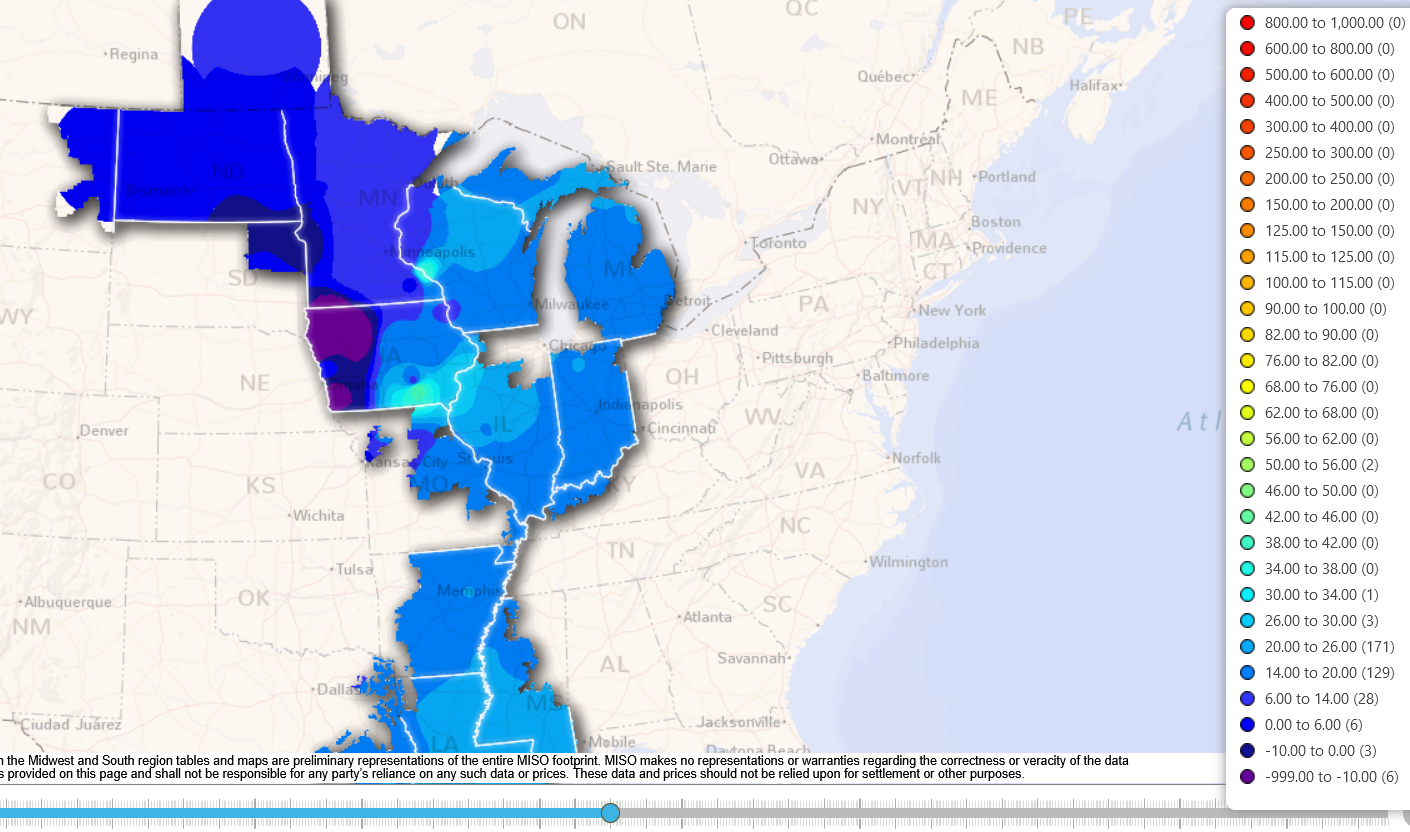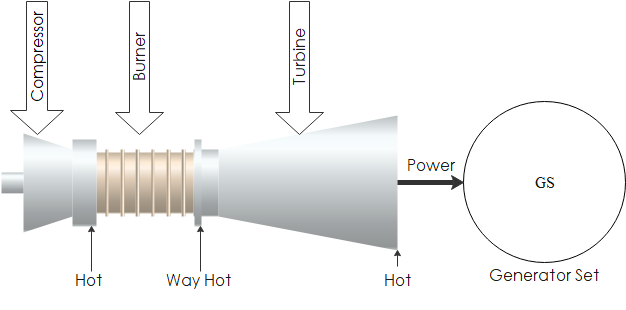
by Jeff Ihnen | Feb 17, 2021 | Energy Rant
It’s been cold here in the Midwest. In ten days in La Crosse, WI, where I am, the average low was -13.7F, average high, 4.3, and the average of averages over the ten days was -4.7F. We smashed one daily record. There have been no all-time lows, but this is a grind. In...

by Jeff Ihnen | Nov 11, 2020 | Energy Rant
In this week’s Energy Rant, we’re covering the final segment of good, perfect, and real carbon targets. There are two sources of carbon-free energy. First, we have the category of renewable with wind, solar, hydro, and some geothermal. Second, we have...

by Jeff Ihnen | Nov 4, 2020 | Energy Rant
In this week’s Energy Rant, we’re covering part three of good, perfect, and real carbon targets. In Part I of this series, we examined how various storage technologies work, their pluses, and minuses. In Part II, we put numbers to generation and storage...

by Jeff Ihnen | Oct 28, 2020 | Energy Rant
In this week’s Energy Rant, we’re covering part two of good, perfect, and real carbon targets. Last week we looked at grid-scale energy storage options for a couple of them, namely hydrogen and flywheels; I asked, “What could go wrong?” To be fair, my...

by Jeff Ihnen | Oct 21, 2020 | Energy Rant
I recently delivered an electrification presentation for Wisconsin Public Utility Institute’s Energy Utility Basics course. While introducing myself, I said, “I’m an engineer, and I can’t help it.” I also said the answer to the question, “Can we ___?” is...






